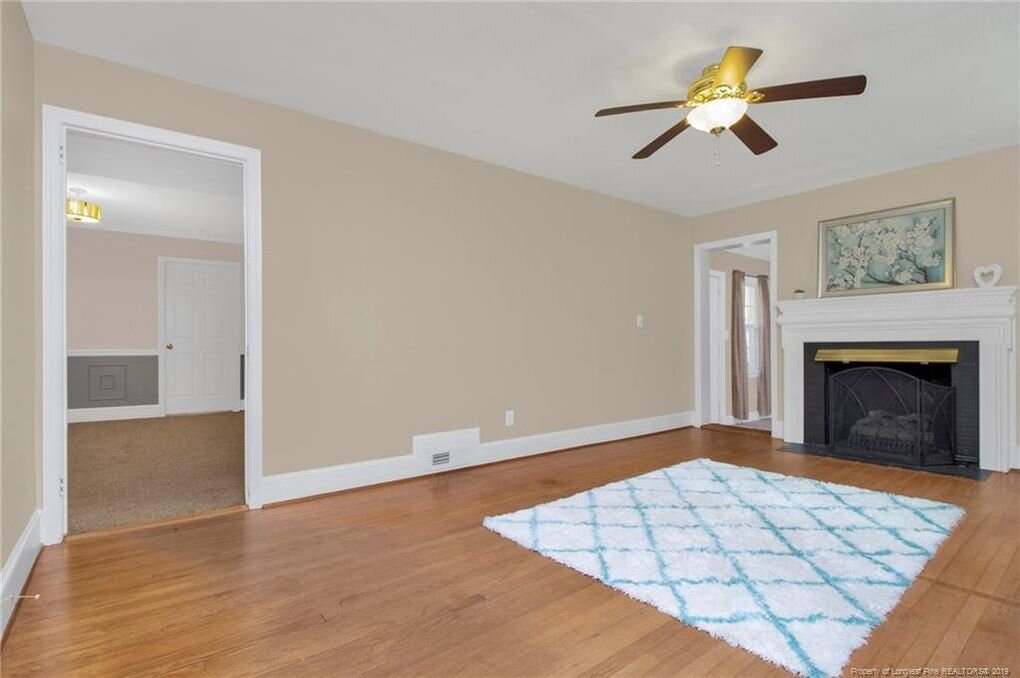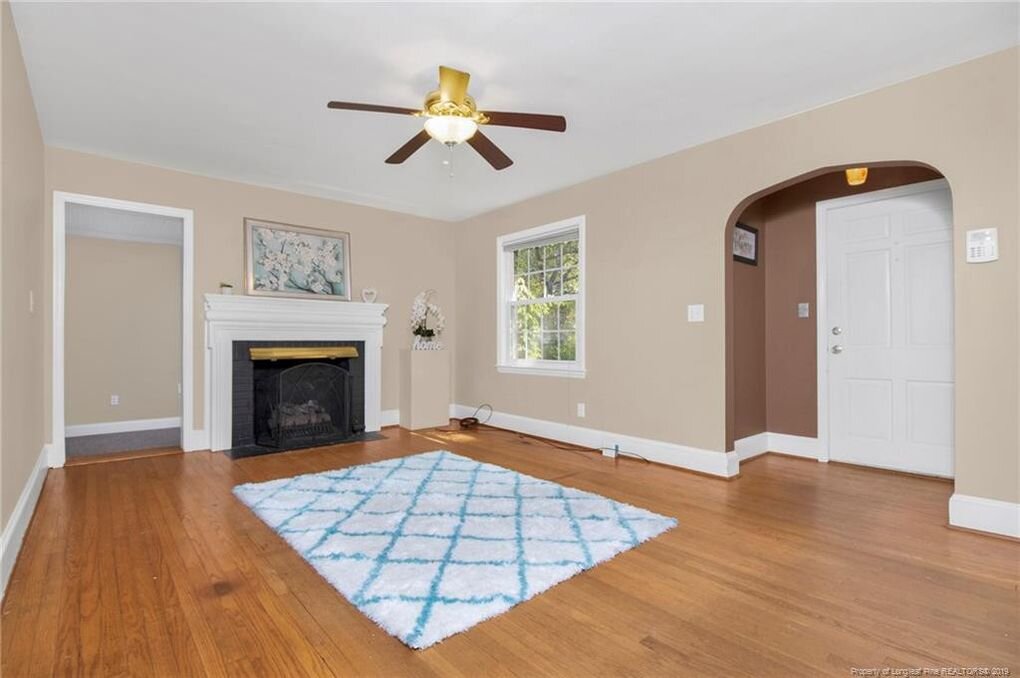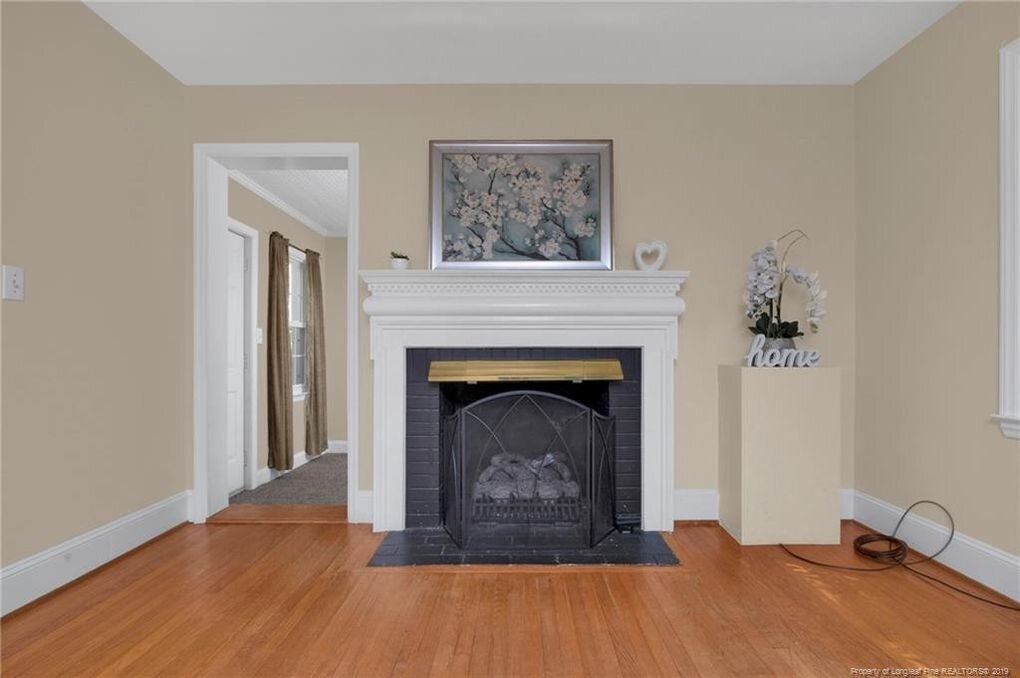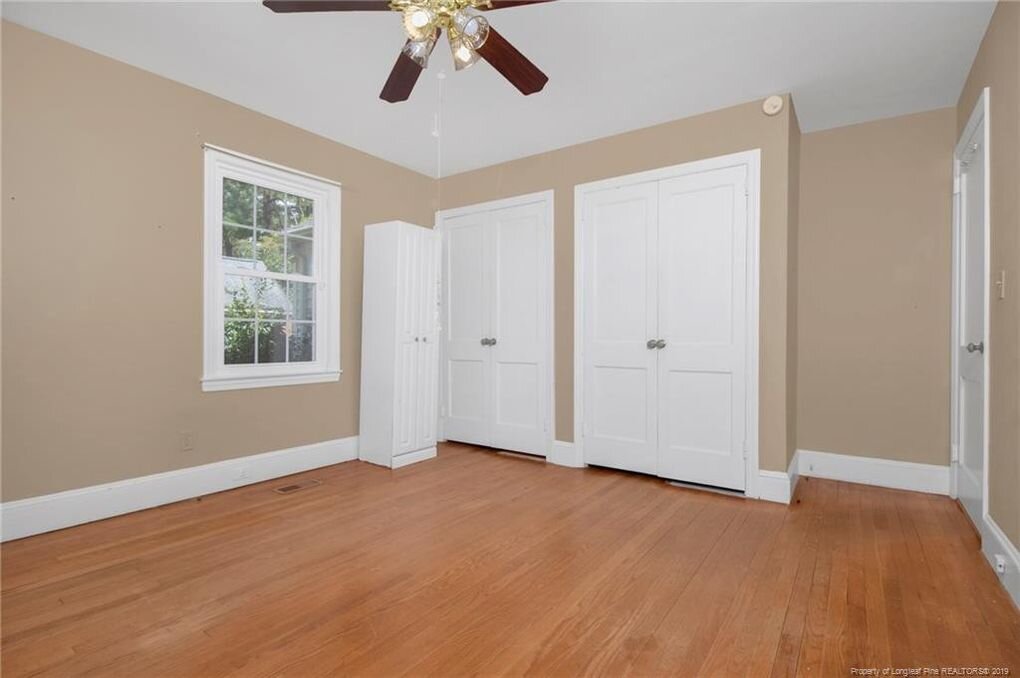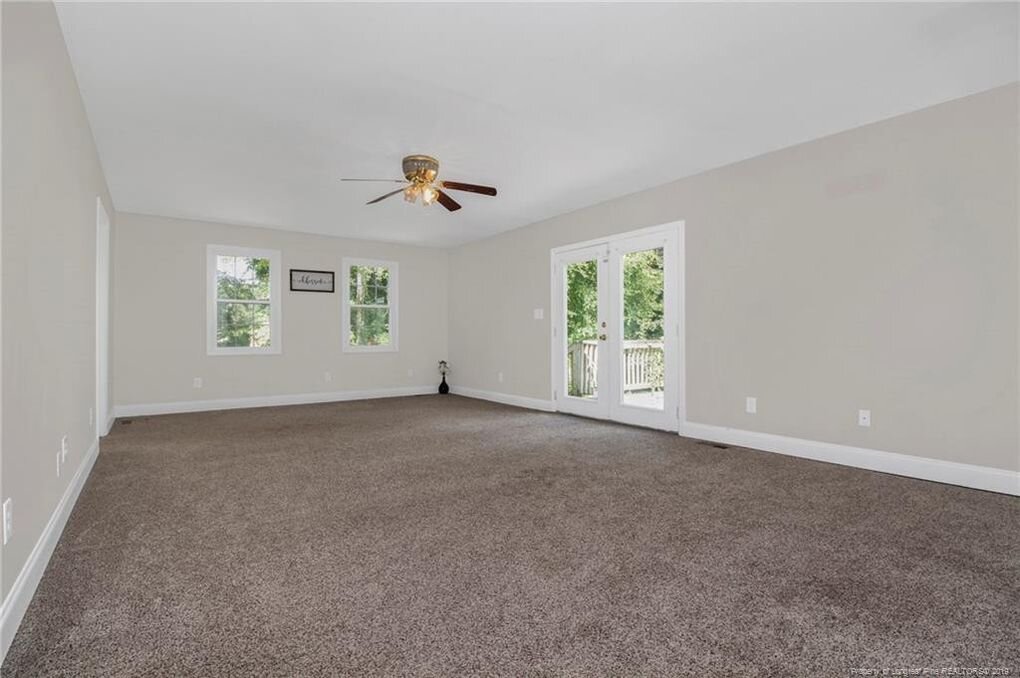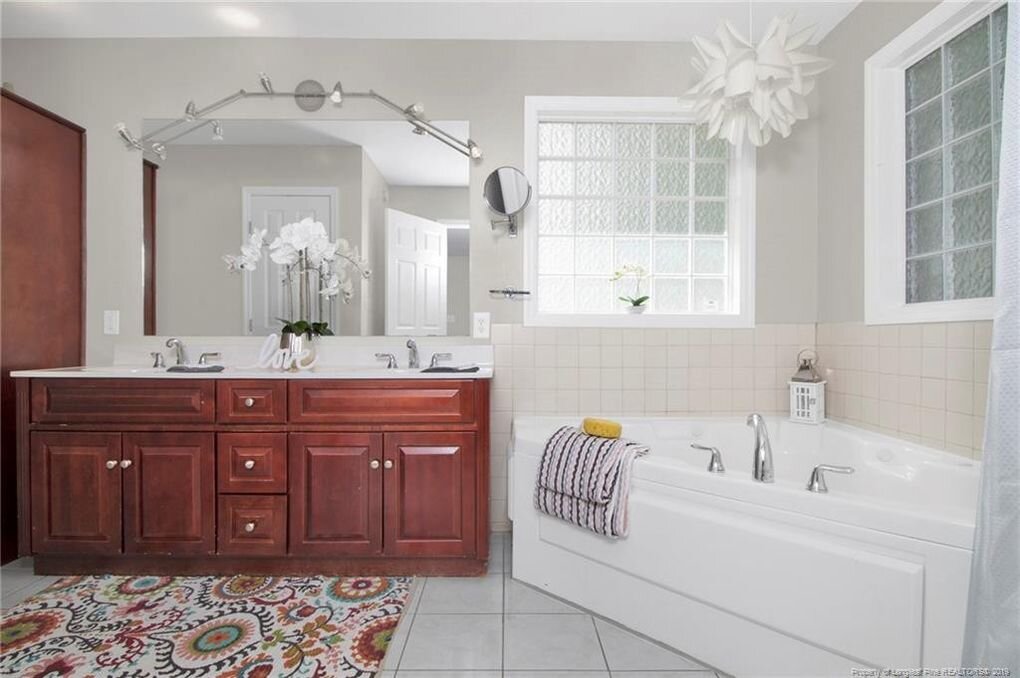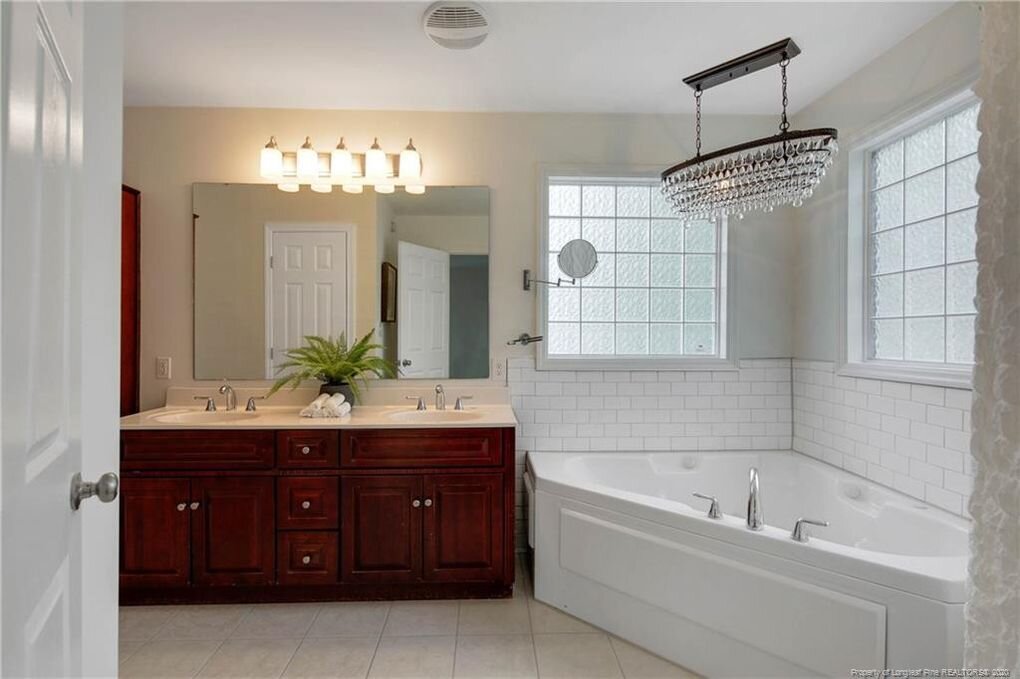HOME STAGING SELLS - BEFORE AND AFTER PHOTOS
Home Staging - Before and After photos - See the value for yourself!
We hear plenty about staging a home for sale these days - experts recommend it, realtors beg their clients to do it, and homeowners stew about whether or not it is worth the investment. We get it completely. Staging a home takes important resources: time, energy and money. However, these efforts certainly pay off in the long run.
Staging a home often brings more interest in your home, a higher selling price, more viewings, faster offers (sometimes multiple offers), and quicker sales. In our experience, you will receive every penny you spend in staging your home back in selling your home for more money in less time. Additionally, sometimes staging will just get your home sold when it otherwise has been sitting. Avoiding more time on the market also saves money.
Below you will find before and after photos of a project we recently completed. We also did some light renovations with the staging, but they were mostly cosmetic- painting, flooring refinishing, and recoloring grout. There are a few types of tile that were added and swapped out. Overall, there are big changes with the staging and light renovations, and these changes at a big impact.
Prior to the staging, this home had been in the market for a year. Once staging and light renovation were complete, 12 days later it had a full price offer for over $30,000 more than the asking price when it was removed from the market for renovations.
Enjoy the photo tour before - we all love a good before and after don’t we? We did not have before pictures of the upstairs, so we just included the first floor of this beautiful home. Staging and updating allow a home to shine in its full glory, and give the best impression to prospective buyers. If you need assistance staging your home, don’t hesitate to ask for our help! If you don’t know where to start, we can help you figure that out too!
Enjoy!
The Benander Crew
WHAT IS THE 50% RULE OF REAL ESTATE INVESTING?
Quickly Calculating The Profit On A Property
The 50% rule is a easy way to estimate the year end cash flow of a property. Simply put, you can assume that over the average span of you owning and renting the home, 50% of your rental income will go towards expenses. Those expenses can include maintenance, capital replacements (ie, new appliances, roofs etc), property taxes, insurance, and more. You can quickly determine what your profit on a house would be by applying this 50% rule to any house you are considering.
For example, if you are considering a $100,000 all in price on a home, we already know that the 1% rule would mean that you needed to be renting this home for $1,000/month. If you had the home rented all 12 months, you would have a gross rental total of $12,000/year. Sounds lovely, right? Now we apply the 50% rule. That $12,000, turns into $6,000/year once you apply costs. Now, if you put 20% down on that same $100,000 house (which would be $20,000), that means in the first year, you'd earn $6,000 on your $20,000. That's nearly a 30% return. For this reason, many people advocate buying homes with loans because you can spread your investment over several houses, making your returns higher. However, your risk also increases with debt. We'll cover more on that topic later.
Applying the 50% rule means you are applying this math across the ownership duration of this house. The first year, you might sneak by with only $4,000 in costs, meaning you are ahead. However, that next year, you might need a new roof, and your total is now $8,000 on the year. The idea behind the 50% rule is that everything will average out over the course of time. It is simply an easy way to judge what total profit you can claim from the home.
Clearly, this is a simple way to calculate profit. Actual accounting is far more accurate and in depth. However, this is a fast and easy way to size up the potential earnings on a home before you decide to buy it!
Have you ever considered the 50% rule when purchasing a home?
- Casey




